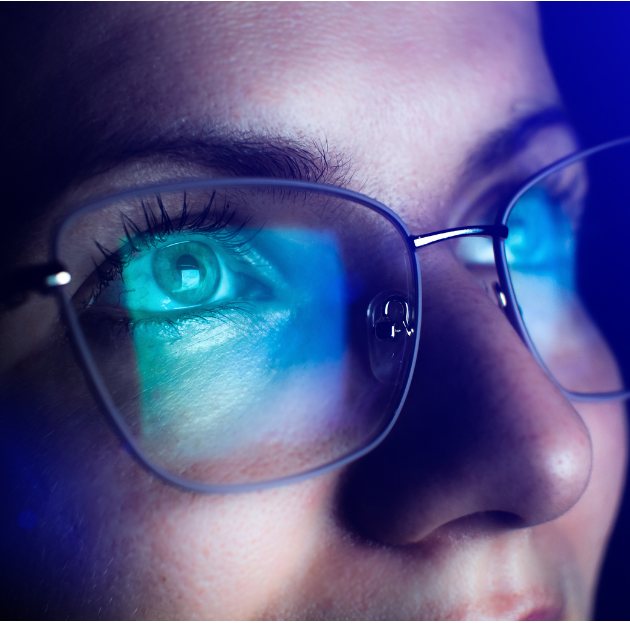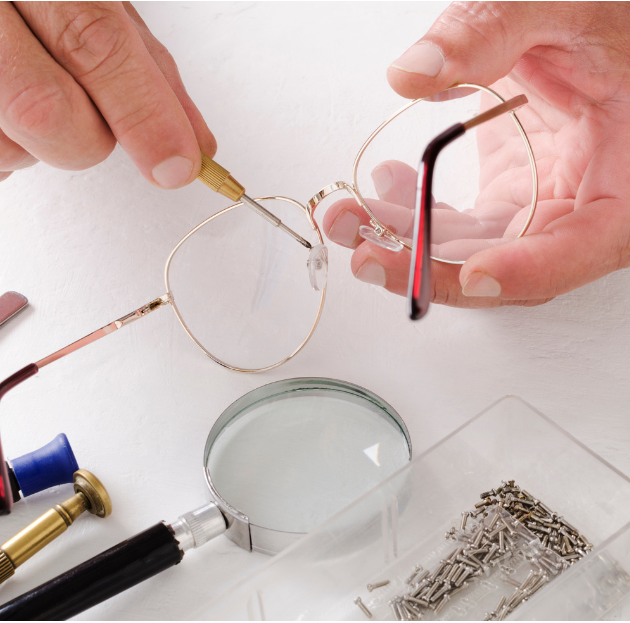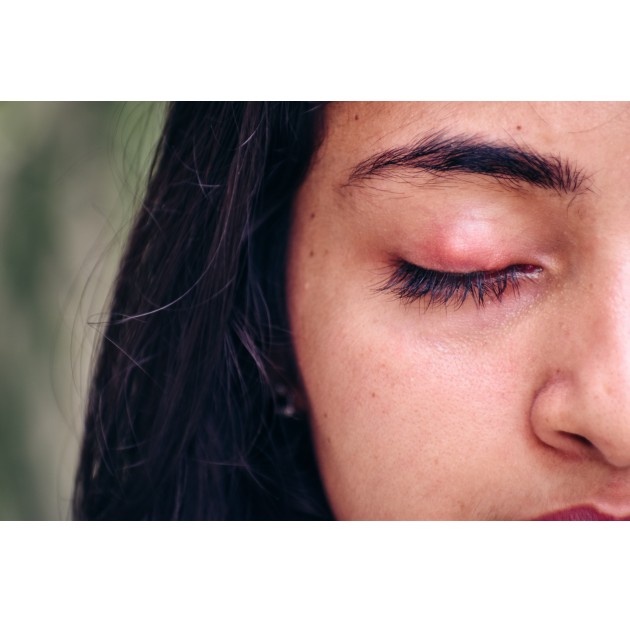Search in blog
Blog categories
Featured posts
-

-

Can we keep the frame and change the lenses ?
En lire plus -

Y2K Sunglasses: How the 2000s Style Is Back
En lire plus
BLUE LIGHT FILTER OFFERED UNTIL JANUARY 18*
Money-back Guarantee •
International Shipping •
Adaptable to your prescription




An ocular migraine, also known as ophthalmic migraine, is a type of migraine that affects vision and is often accompanied by headaches. This neurological condition can cause visual disturbances such as flashing lights, zigzag patterns, or temporary loss of vision in one eye. While these symptoms can be alarming, ocular migraines typically do not result in permanent eye damage.
The exact cause of ocular migraines is not fully understood, but it may be related to the sudden narrowing of blood vessels in the eye, which temporarily reduces blood flow to the area. Several triggers can lead to ocular migraines, including:
The symptoms of an ocular migraine are usually visual and can appear before or alongside a headache. Common symptoms include:
These visual symptoms usually last between 10 to 30 minutes and are often followed by a headache that can persist for several hours.
Diagnosing an ocular migraine typically involves a clinical exam and a neurological assessment. If your doctor suspects an underlying condition, additional tests such as a brain scan (CT or MRI) may be required to rule out other causes.
If you suffer from ocular migraines, there are several ways to alleviate symptoms and prevent future episodes. Here are some tips:
Although ocular migraines often resolve on their own, several treatment options are available to reduce the frequency and intensity of episodes:
Though ocular migraines can be disruptive, you can minimize their impact by taking care of your eyes and identifying triggers. Wearing appropriate glasses, managing stress, and adopting healthy visual habits can make a significant difference. If you regularly experience these symptoms, consult a healthcare professional for an accurate diagnosis and tailored treatment.






Search
Menu
Filters

Leave a comment